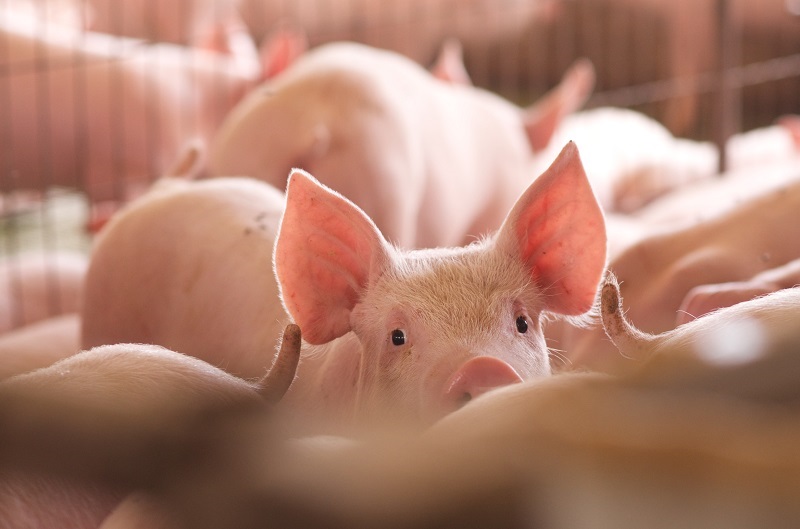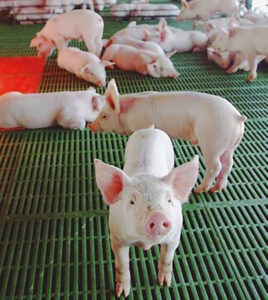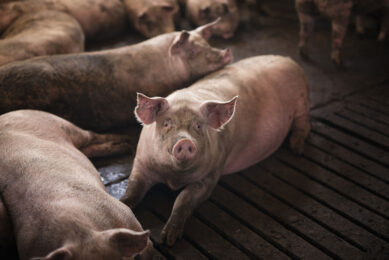Chile earns 6th place amongst pig exporters

In the months leading up to the event United Pork Americas, Pig Progress takes a deep dive into pig-producing countries in the Americas. What is pork production like in the various countries in both continents, and what are the perspectives for development? Today: a closer look at Chile.
 Chile has a well-structured pig sector that ranks in 6th position among larger exporters and in 16th position in terms of global production. This potential is almost equally divided between domestic and international markets.
Chile has a well-structured pig sector that ranks in 6th position among larger exporters and in 16th position in terms of global production. This potential is almost equally divided between domestic and international markets.A total of 589,581 tonnes (2.7% more than 2020) of pork was produced in 2021 and 274,732 tonnes exported (5.1% less than 2020). This means that 46.5% of pork meat produced in Chile was exported in 2021.In terms of imports, 145,830 tonnes of pork meat were imported into Chile in 2021, which is 38.5% more compared to 2020 (105,297 tonnes) and is the highest volume since 2011. The main suppliers were the US, Brazil, the EU and Canada.
Strong demand from Asia for Chilean pork
Chilean pig exports catered primarily to the strong demand from Asia. Data from Guild Association of Pig Producers of Chile (Asprocer) show China (67%), Japan (14%) and Korea (13%) account for 92% of the export destinations of Chilean pork in 2021.
However, this scenario could change. Chile has export opportunities with 64 countries and aims to open more markets in Asia such as Vietnam, Thailand, Indonesia, and others.
To do that, public and private sectors aim to keep Chilean sanitary status, which is supported by their geography (largely isolated by high mountains of the Andes). Moreover, they are working on reducing the use of antibiotics and improving animal welfare as part of a private programme.
In addition, domestic demand showed significant growth in 2021. Per capita consumption jumped 35.5% in a single year, from 13.8 kg to 18.7 kg. According to experts, the highest GDP in Latin America (12% in 2021) would explain this increase.
Pig farming in Chile

According to Aprocer, the Chilean pig sector has adopted, predominantly, a vertical integration model ranging from feed production to slaughter and trade. There are around 9,000 pig farms mainly in the central zone of the country.
The companies associated with Asprocer correspond to small, medium and large producers, and represent 94% of the country’s pork production.
Up to 90% is concentrated in 3 regions, namely the metropolitan area of Santiago, O’Higgins, and Maule. Pig activity generates between 10,000 and 12,000 jobs directly, in addition to 10,000 indirectly.
In 2021, pig herds increased by 1.9% compared to the previous year, going from 5,449,813 head to 5,551,404 head. The prices paid to these pig farmers decreased by 6.8% compared to 2020, going from US$1.53/kg to $1.43/kg.











